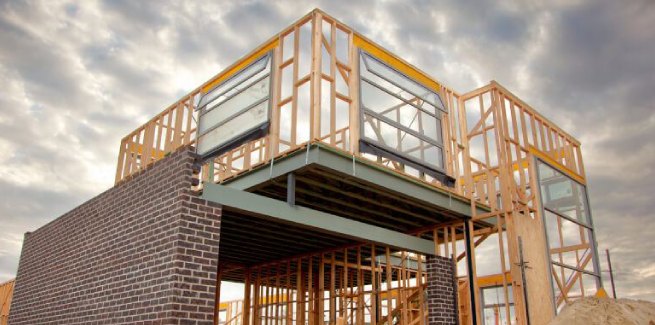The latest Dwelling Approvals data from the Australian Bureau of Statistics (ABS) has revealed that over the month ending 28 February, approvals rose by 19.1 per cent in seasonally adjusted terms, driven by a 64.6 per cent spike in approvals for apartment dwellings, and slightly offset by a 3.6 per cent fall in house approvals.
Reflecting on the results, ANZ Research has claimed that the February data could be a sign of recovery, given the slight 2.5 per cent rise in January.
“[The data] suggests we may be past the peak period of falling building approvals after the sharp declines in November and December,” ANZ Research noted.
“Given data volatility, it is a little early to conclude that approvals have bottomed, but these data are another sign that there is still life in the Australian economy.”
However, BIS Oxford Economics economist Maree Kilroy expects the rise in approvals to be short-lived.
“Apartment approvals in New South Wales and Victoria drove the positive figure, but this is an expected blip given the lumpy nature of the high-density sector,” she said.
Despite the month-on-month increases, dwelling approvals are 12.5 per cent lower year-on-year, with house approvals down 13.8 per cent, and unit approvals down 9.1 per cent.
Ms Kilroy expects the downward trend in dwelling approvals to persist through the medium term.
“The latest data saw house approvals fall below their historical average of the past 35 years, and they are expected to soften further throughout 2019,” she added.
“This is based on negative leads for house prices and lot sales.”
The negative outlook is supported by Treasury forecasts outlined in the federal government’s 2019-20 budget, which project a cumulative fall in dwelling investment of 11 per cent over the next two years.
[Related: Dwelling investment to detract from growth, says government]
 ;
;
